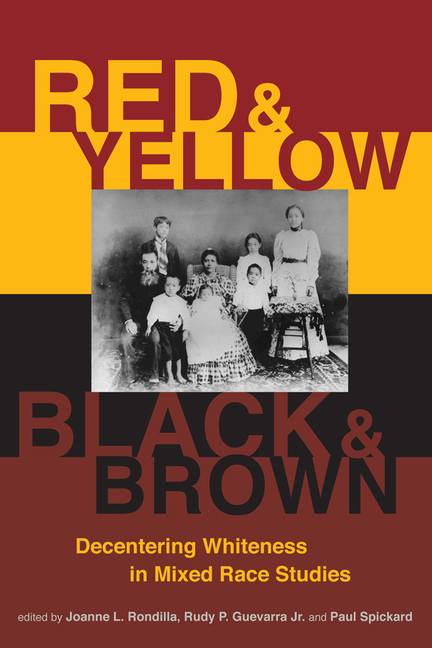Biracial Group Membership ScalePosted in Articles, Identity Development/Psychology, Media Archive, United States on 2017-06-26 20:52Z by Steven |
Biracial Group Membership Scale
Journal of Black Psychology
Volume 43, Issue 5 (2017-07-01)
pages 435-450
DOI: 10.1177/0095798416657260
Marisa G. Franco
Department of Psychology
University of Maryland, College Park
Olivia L. Holmes
Department of Psychology
University of Illinois, Chicago
With individuals of mixed African heritage increasingly identifying as Biracial, it is important to determine whether Black people continue to perceive Biracial people as members of their community. The status of Biracial individuals within the Black community has implications for the political power of the Black community and also for Biracial individuals’ racial identity development and well-being. Thus, the purpose of this study was to create a psychometrically sound measure to assess the degree to which Black people accept Biracial people as members of the Black community: the Biracial Group Membership Scale. Factor analyses were conducted with 328 Black adults. Exploratory factor analysis revealed two factors: Rejection of Biracial People and Forced Black Identity. A confirmatory factor analysis provided support for the initial factor structure. The scale related to the Attitudes Toward Multiracial Children Scale, essentialism, and items assessing interactions with Biracial individuals. Limitations, suggestions for future research, and implications are discussed.
Read or purchase the article here.







